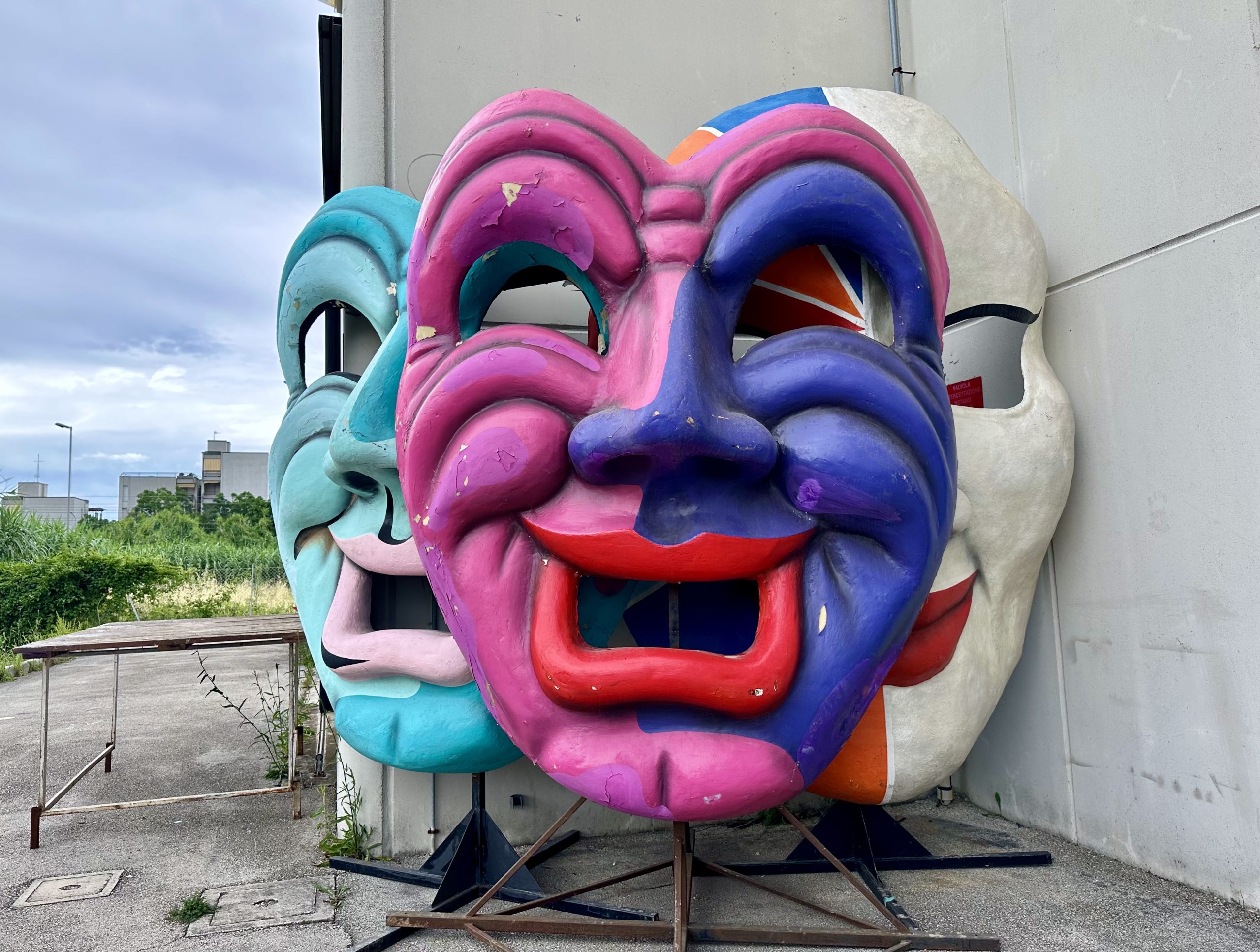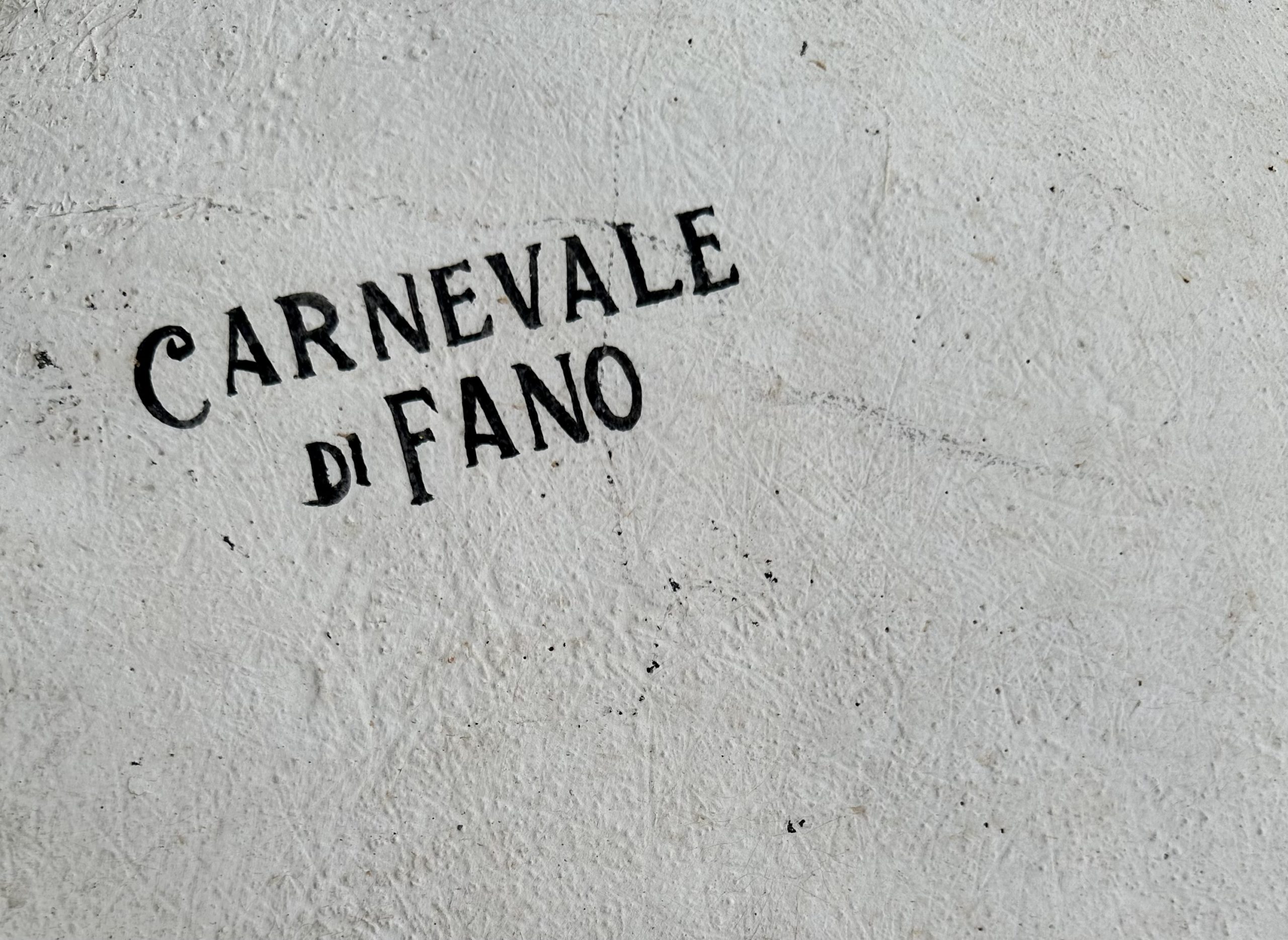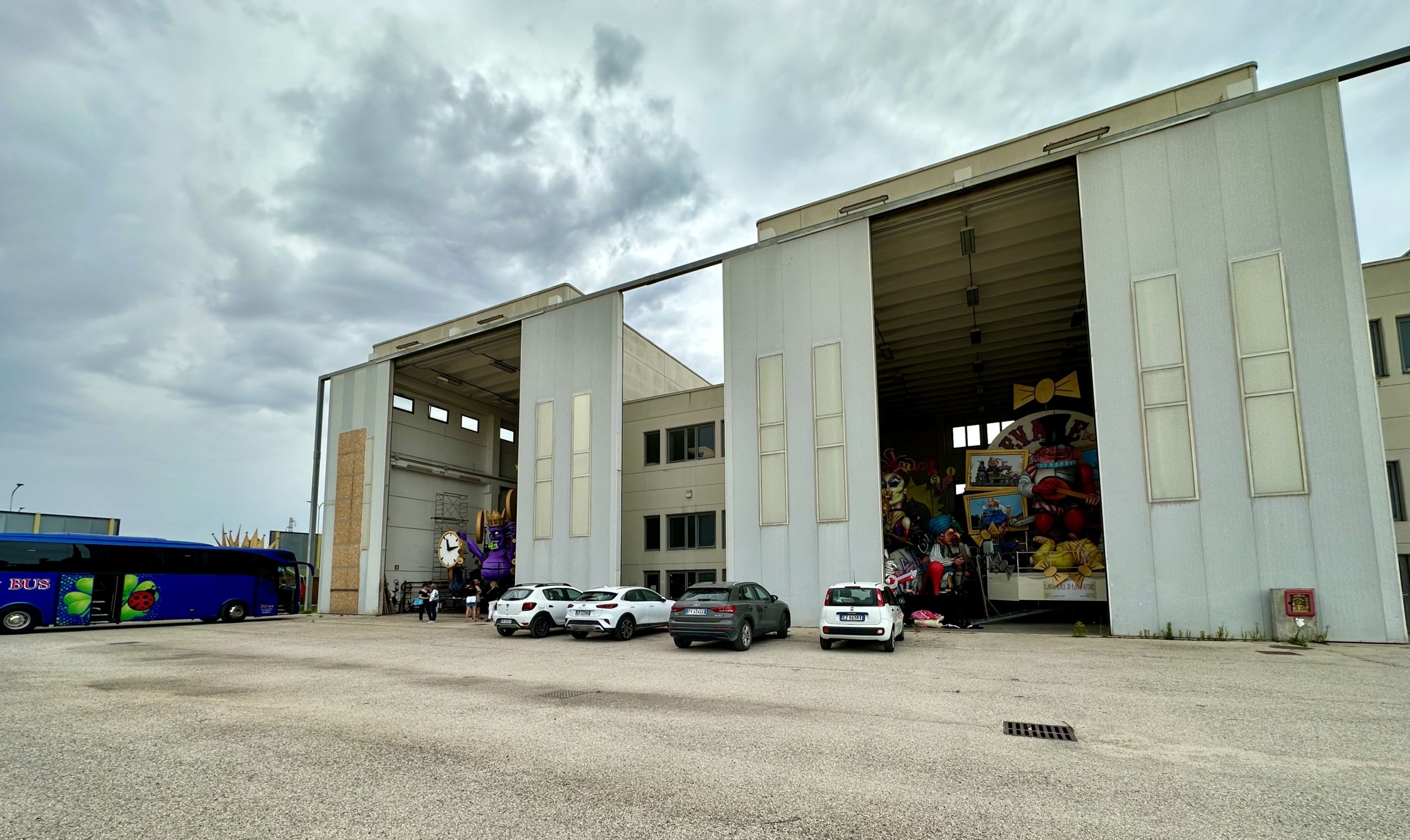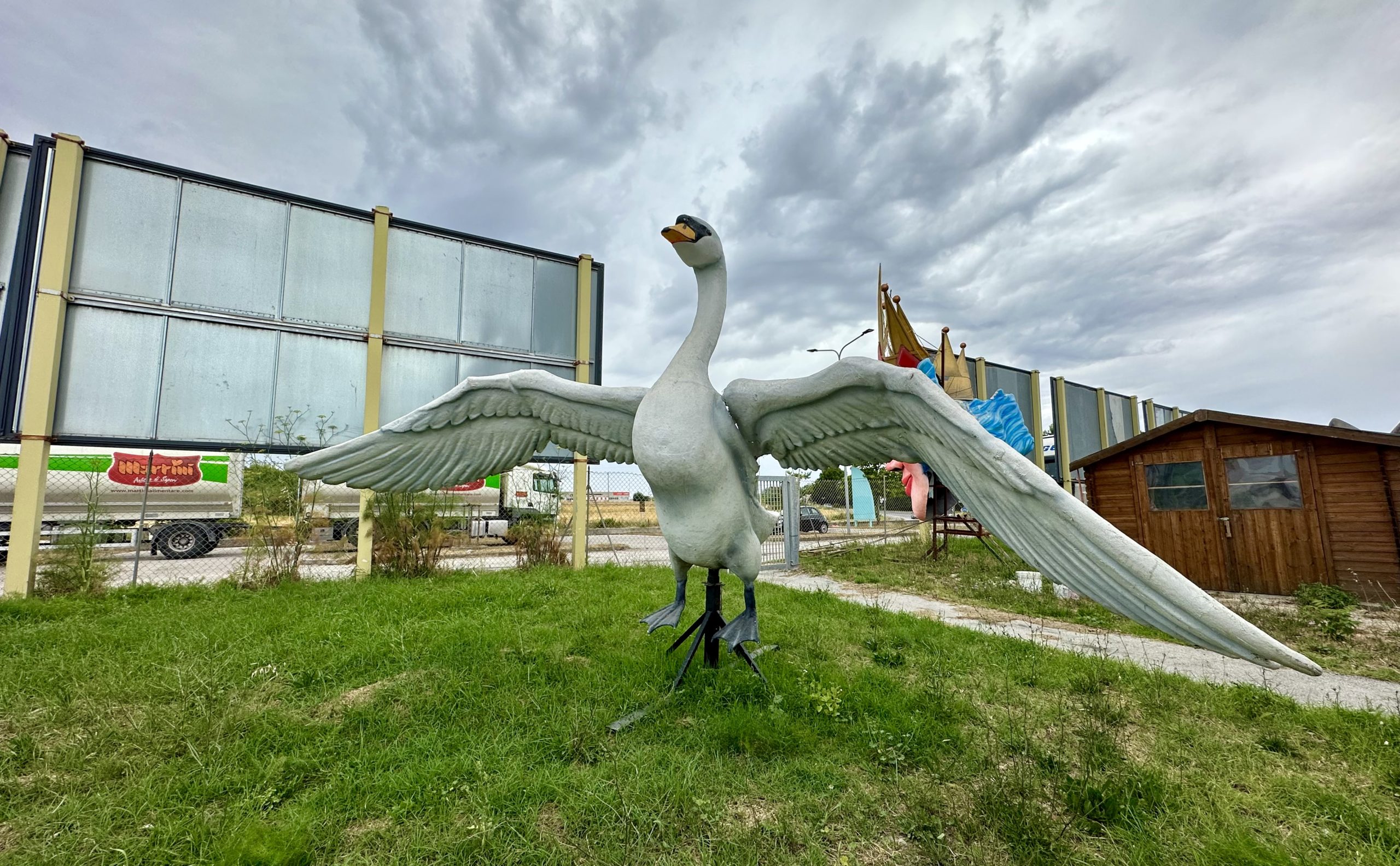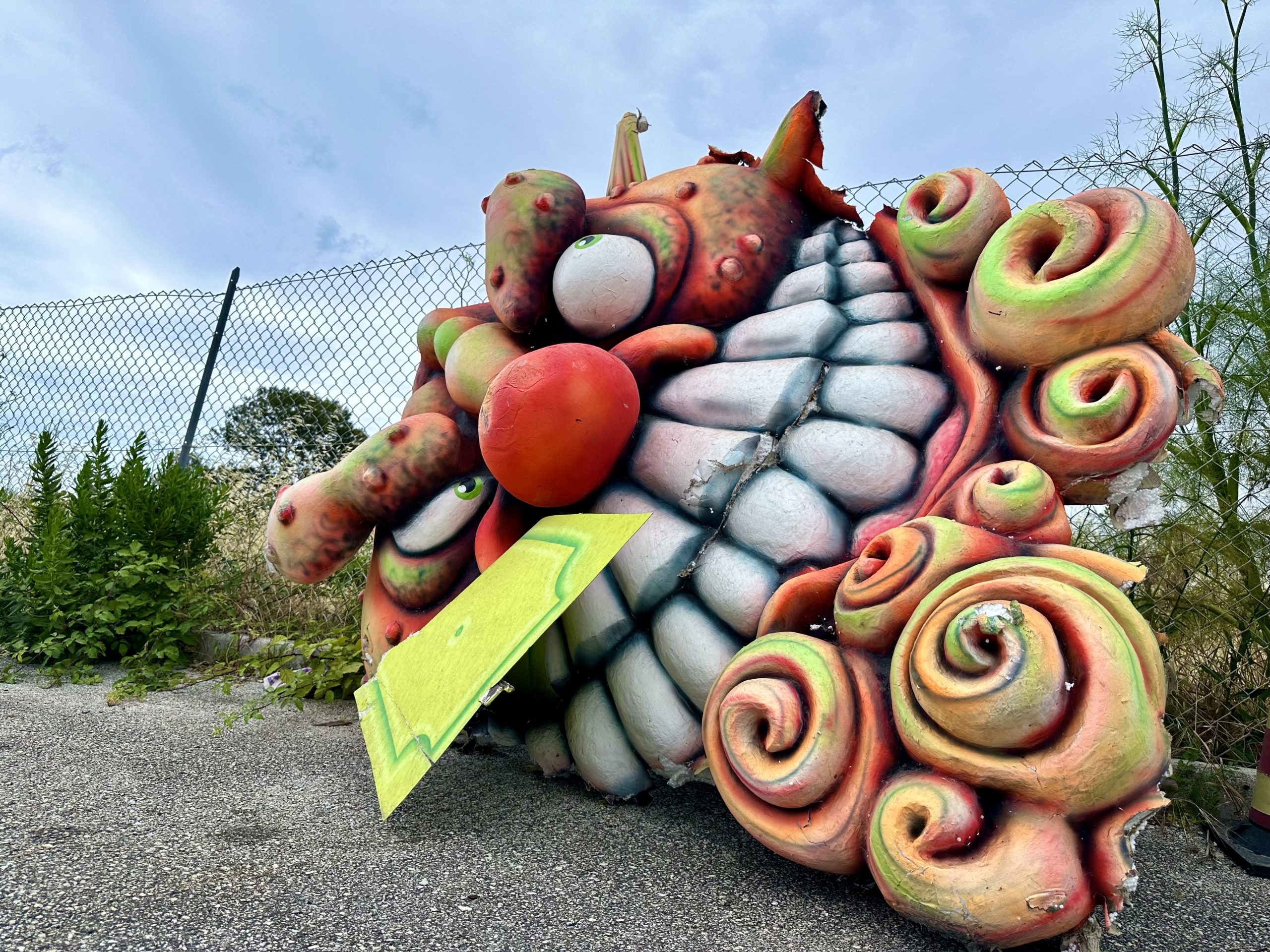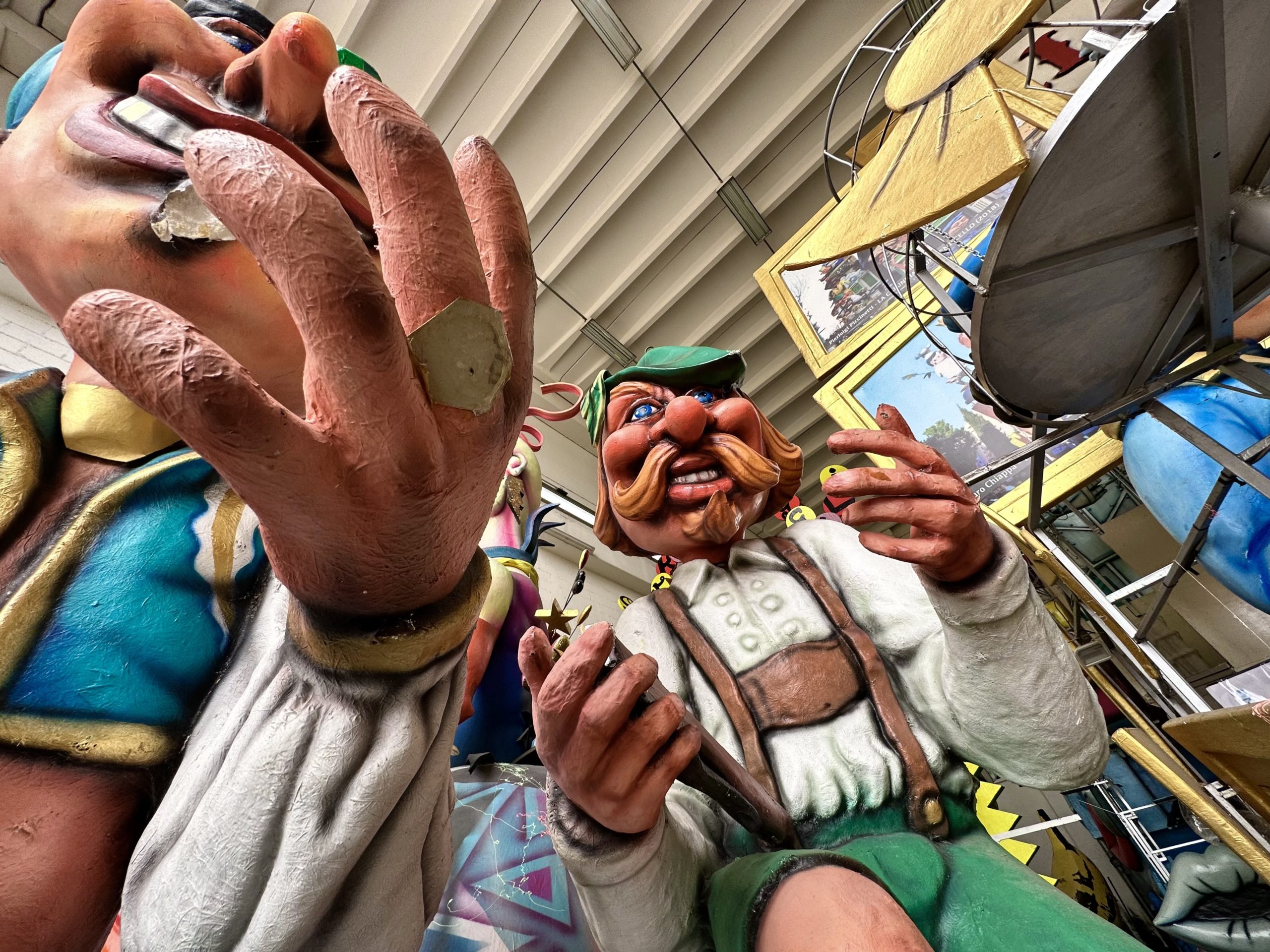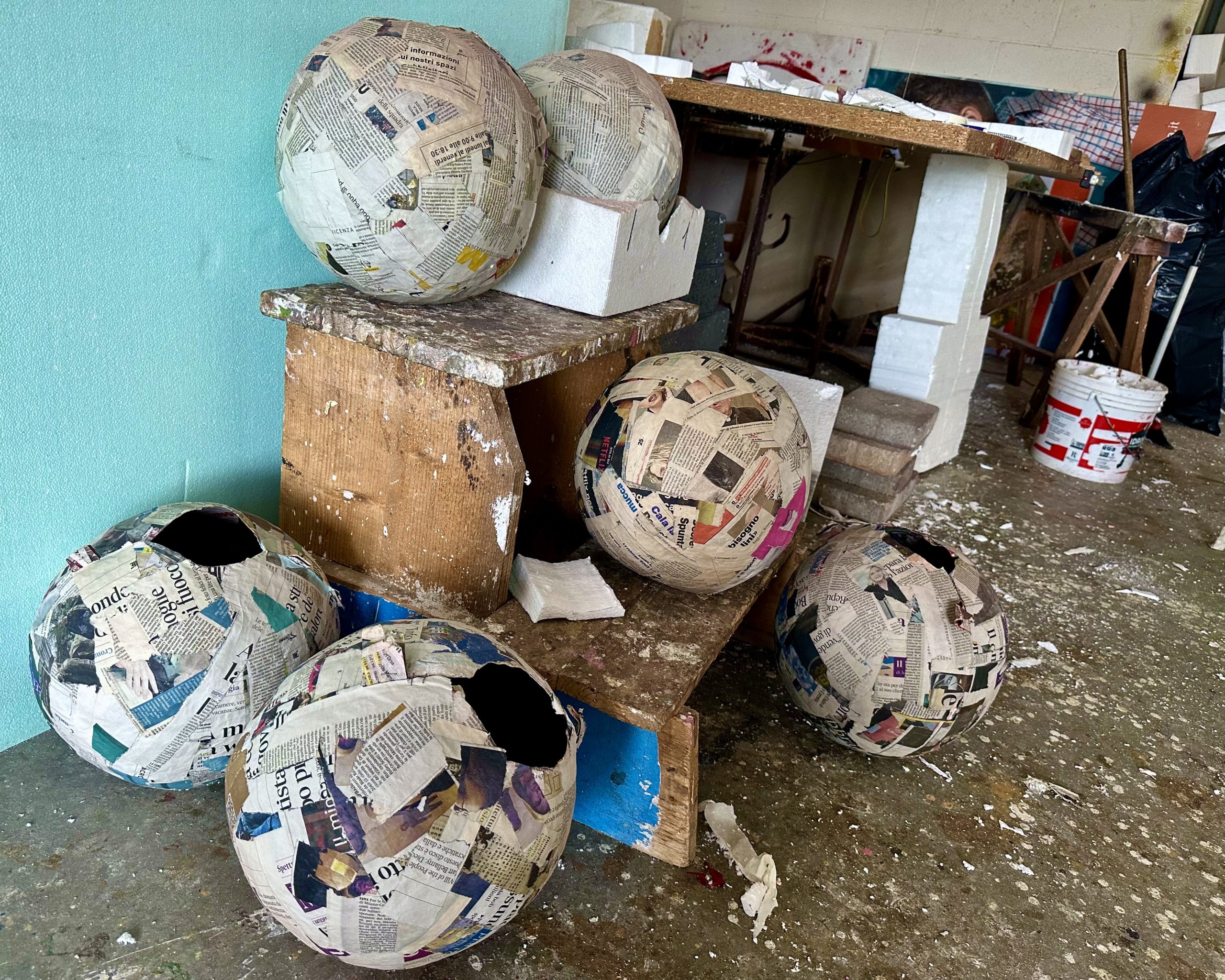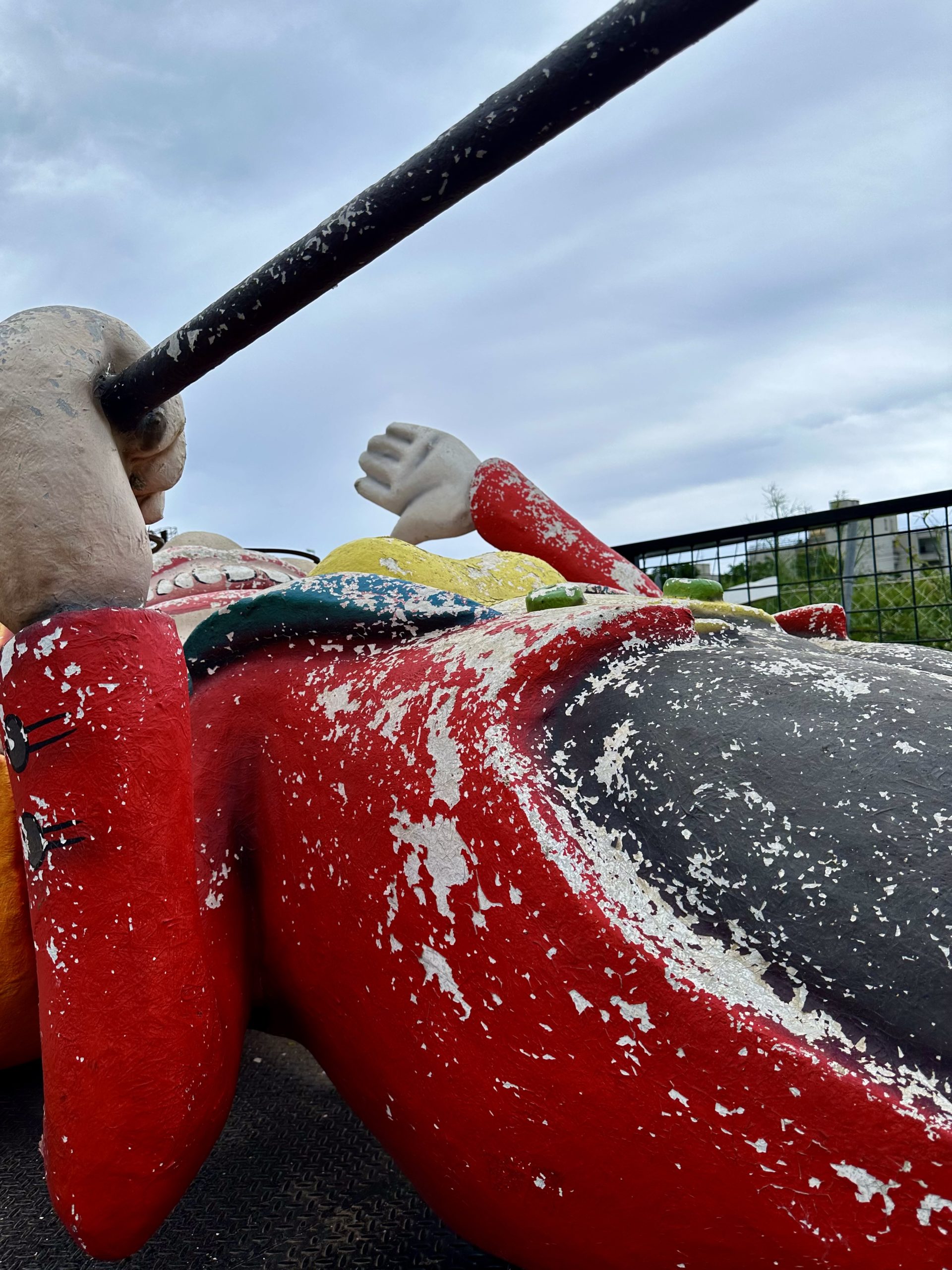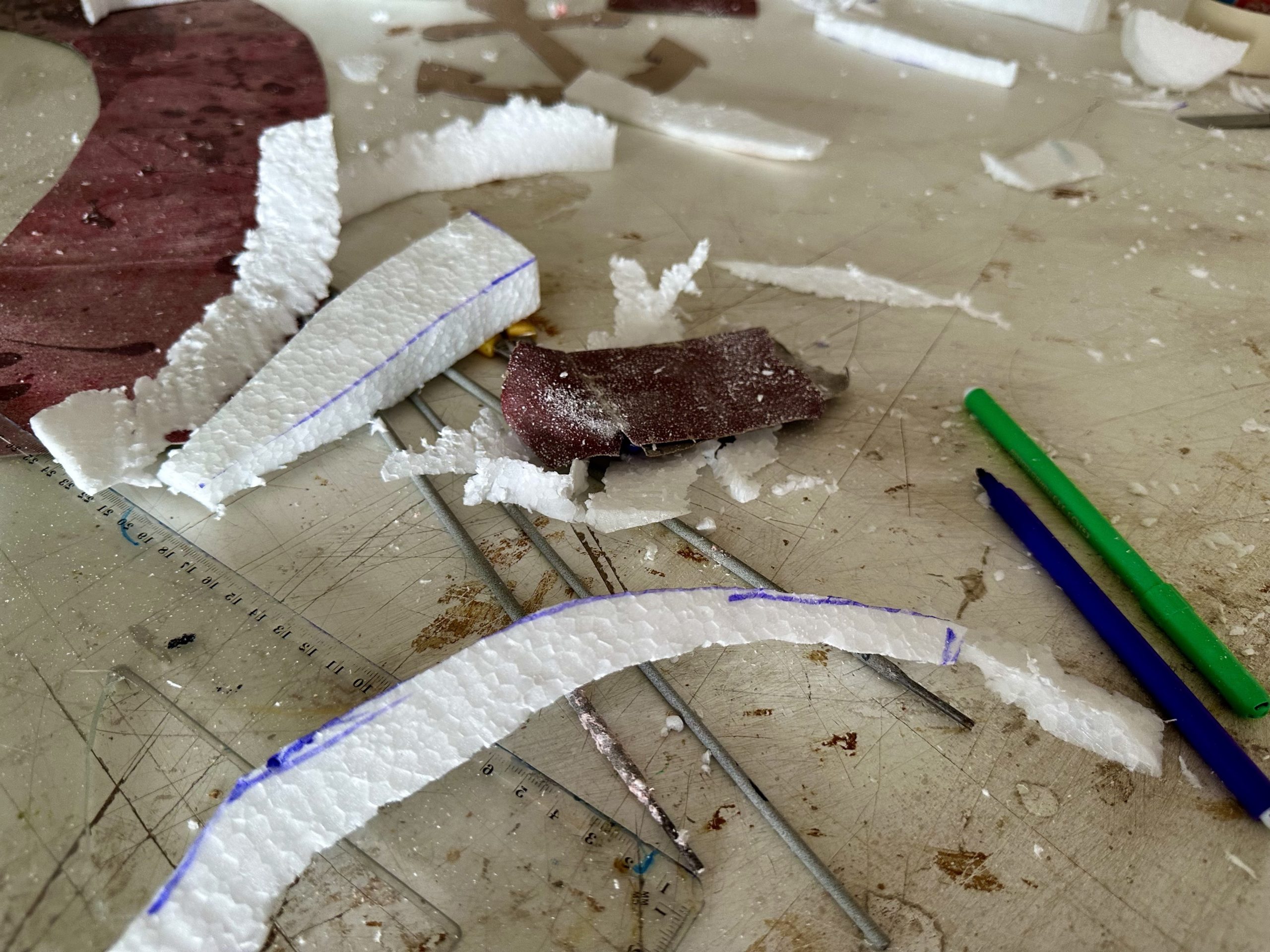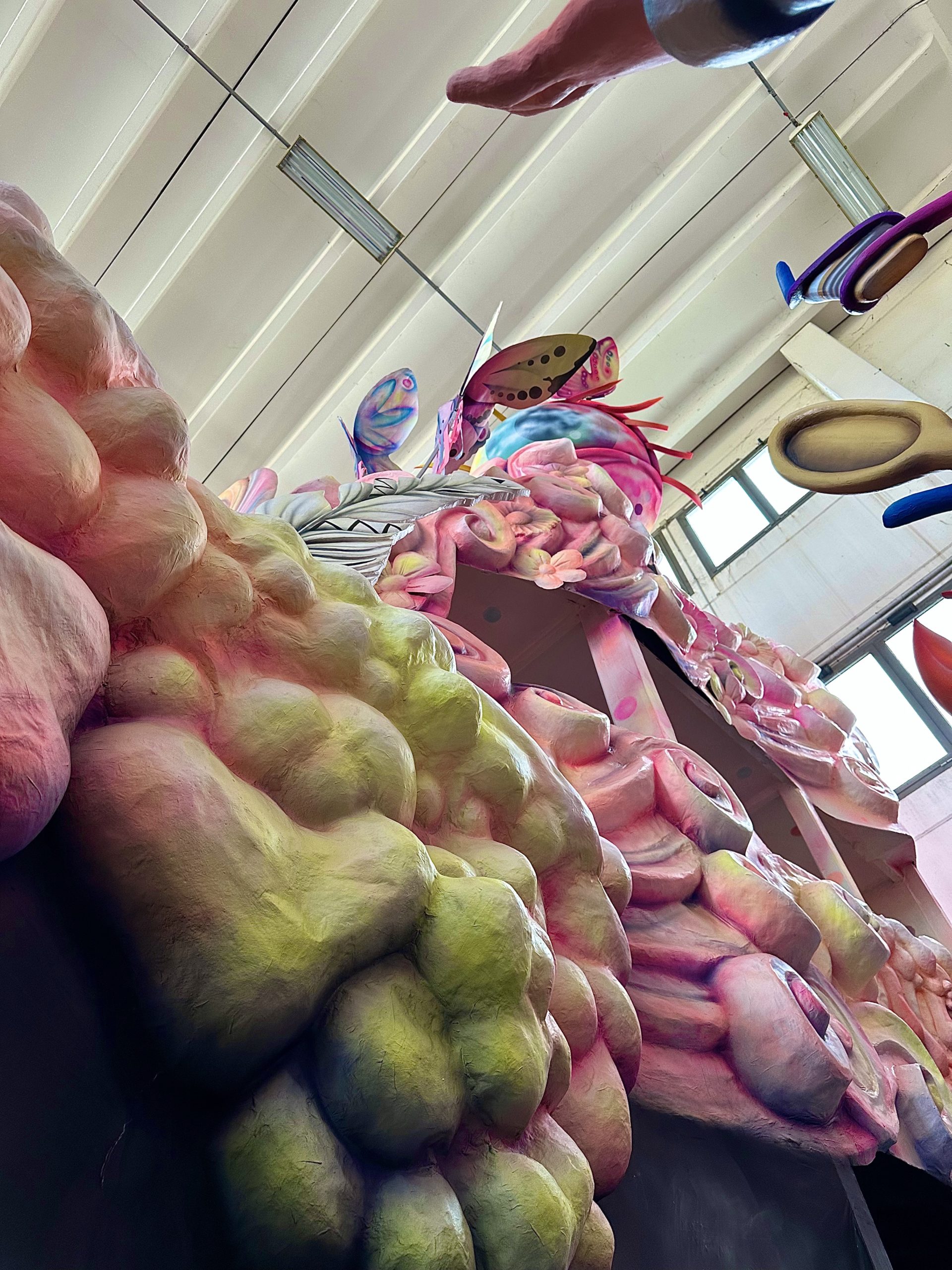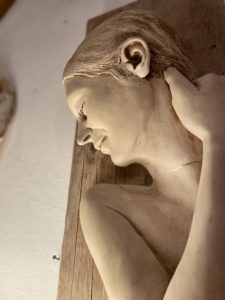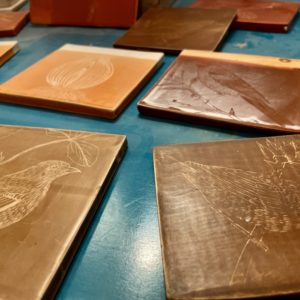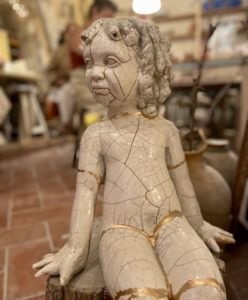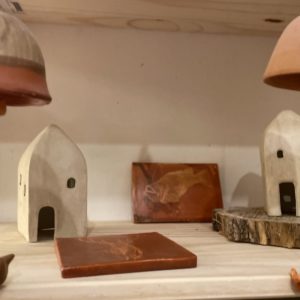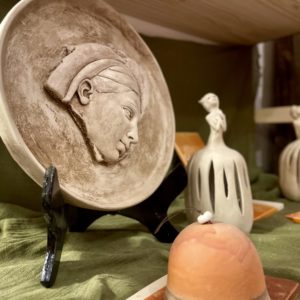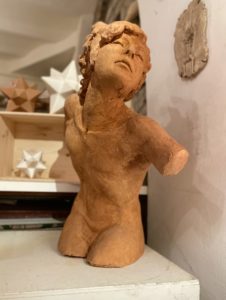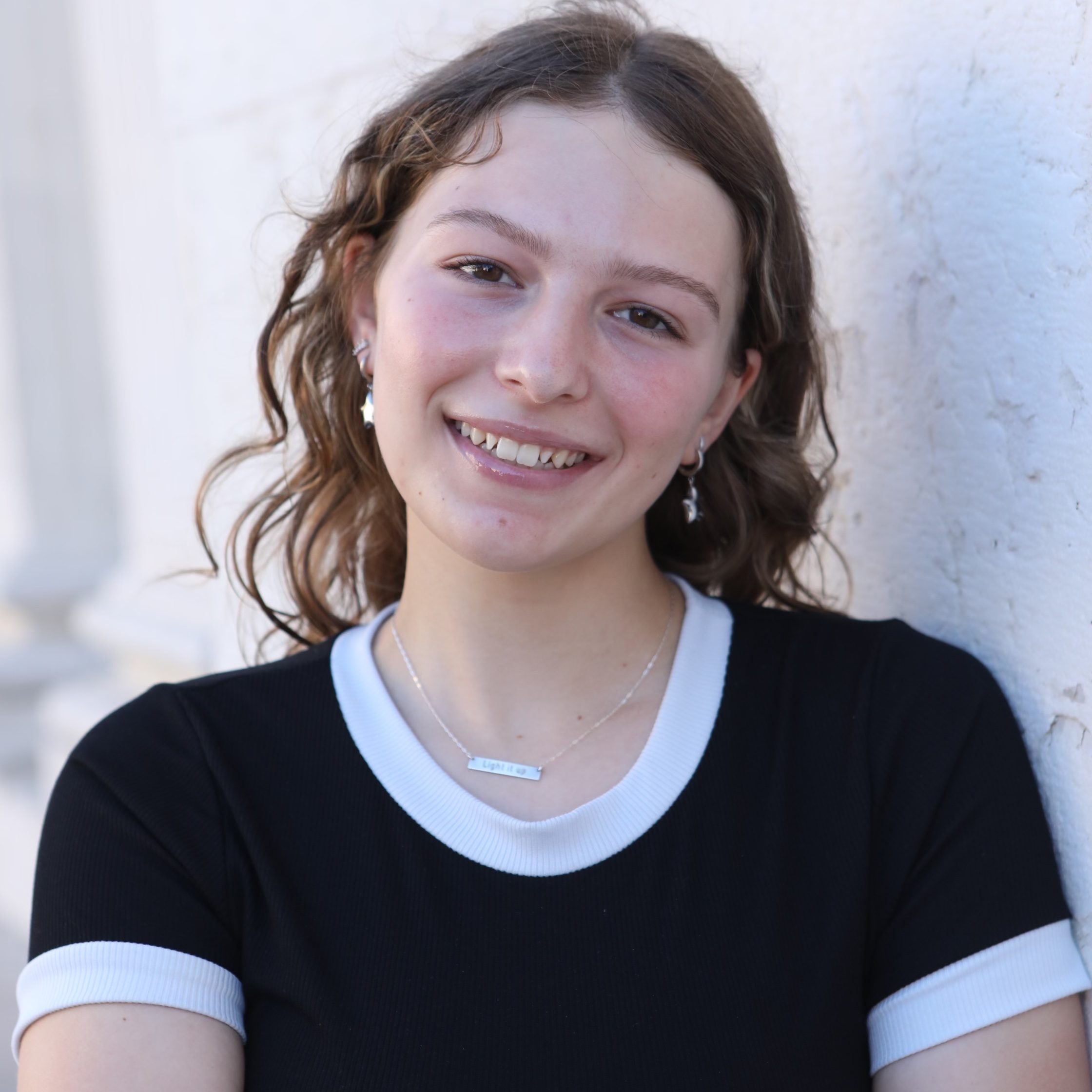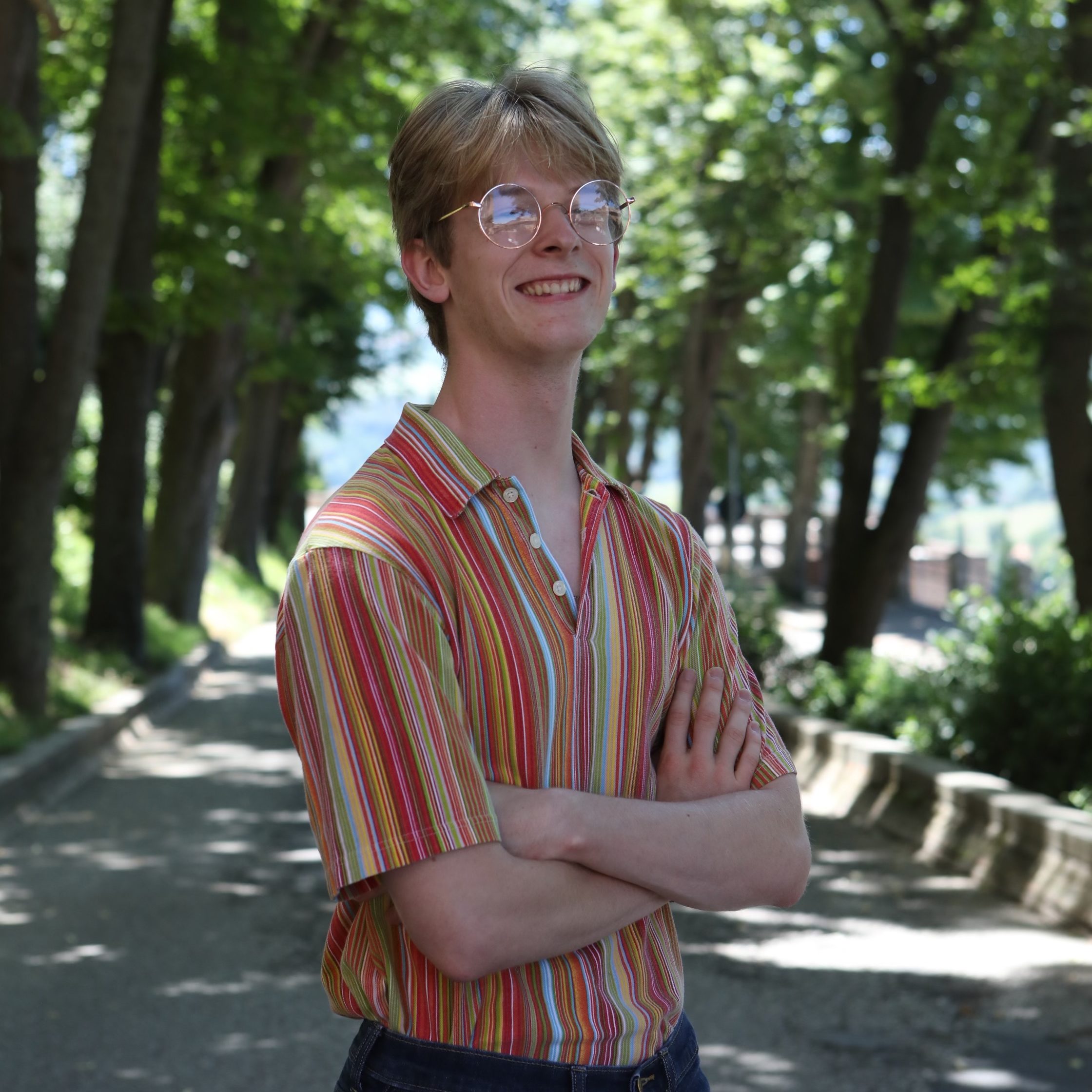A glimpse into the rich processes, community, and meaning behind the charming regional art of Urbino and Fano.
Songs of Urbino mini documentary follows the experience of Margherita Gori, a local design student and choir member studying at the University of Urbino. She is a member of the Urbino based choral group Coro 1506 which at the time of recording was in the process of practicing for competitions. Coro 1506 serves an important role in keeping musical traditions flourishing in Urbino, though performing this service to the community doesn’t go without its highs, lows, and surprises. Through this mini documentary we hope to give a glimpse behind the curtain as to what it means and what it is like to keep this musical history alive and well.
Carnevale di Fano by Peter Wormald
photos by Kiley Byers
Along the Italian coast of the Adriatic Sea tucked behind stoney beaches lies a beautiful town called Fano. While for the most part Fano is a fairly tame beach town, once a year the town bustles with activity. People flood the streets, music blares, and the energy of the town soars as larger than life paper mache floats parade through crowded pathways of pavement and stone. For at least a while, everyone in the town is free to indulge themselves to their heart’s content and escape mundanity. This is Carnevale.
To better understand what Carnevale means to the community and how they produce these monumental parades, we interviewed a handful of the experts behind the event in Fano. We spoke with Valentina Bernardini, the well-spoken president of the association Ente Carnevalesca, and Matteo Angherà, one of Fano’s master float makers, with the translation assistance from Manuela Palmucci. We talked to them at their enormous workshop, where many of the floats they parade are conceptualized and built using an assortment of paper mache, metal, and wood. Every year, there’s a theme that they design the floats to fit. The theme in 2023 was artificial intelligence, and the designs reflected that, incorporating technology throughout the float designs.
According to Matteo, the collaborative process of creating floats is not an easy one and can be incredibly stressful, especially when the clock begins to tick down to the beginning of the celebration. Despite that challenge, he is deeply passionate for his niche profession and has been since he was a young boy, noting that he used to knock on the doors of the workshop to try and get a taste of the craft. Throughout all of the conversations we had, everyone shared this theme of relentless enthusiasm. Valentina noted struggles with bureaucracy and logistics, and yet the challenge that she emphasized most was making sure they found new ways to enthrall and intrigue attendees. Everyone, no matter what role they had, seemed to have this devotion to creating a sense of magic. When they began to explain the history of what Carnevale was and what it meant to them, I started to understand why.
Carnevale began in Fano long ago, with the first recorded festival set in 1347, around the onset of the first bubonic plague. It started as a response to the limits of Lent under Catholicism and the rule of the Vatican state. For many partaking in Carnevale, it’s a time to feast, drink, dance, and be free before the shackles of restraint and fasting that coincide with Lent are imposed on them. This tradition projects itself in a variety of ways based on location, but in Fano it revolves around a gargantuan parade: a parade where people are free to dress how they want, act how they want, and be whoever they desire for just a brief duration. The poor can be rich, bizarre can be average, and sadness can turn into joy. Through this shared sense of liberty and camaraderie, community flourishes and friendships are forged. The world around them may often be full of pain, and yet it’s not there. Not in those streets.
After they illustrated the freedom and beauty of what Carnevale can be, it was hard not to be entranced. Suddenly, the reason that the people of Fano are so enthralled and enthusiastic about the celebration began to be clear. It starts to make sense why, despite multiple pandemics, regime changes, wars, and natural disasters, the tradition of Carnevale has remained steadfast. Because people, no matter how dire circumstances may be, need escape, freedom, and community. They always have and always will. While it’s impossible to know what’s in store for the future of Carnevale in Fano, there is no doubt that with the relentless passion that has been infused into it and the unique way it fills people’s hearts, Carnevale will continue for many more years to come.
Giovanna Giusto
Art in Clay
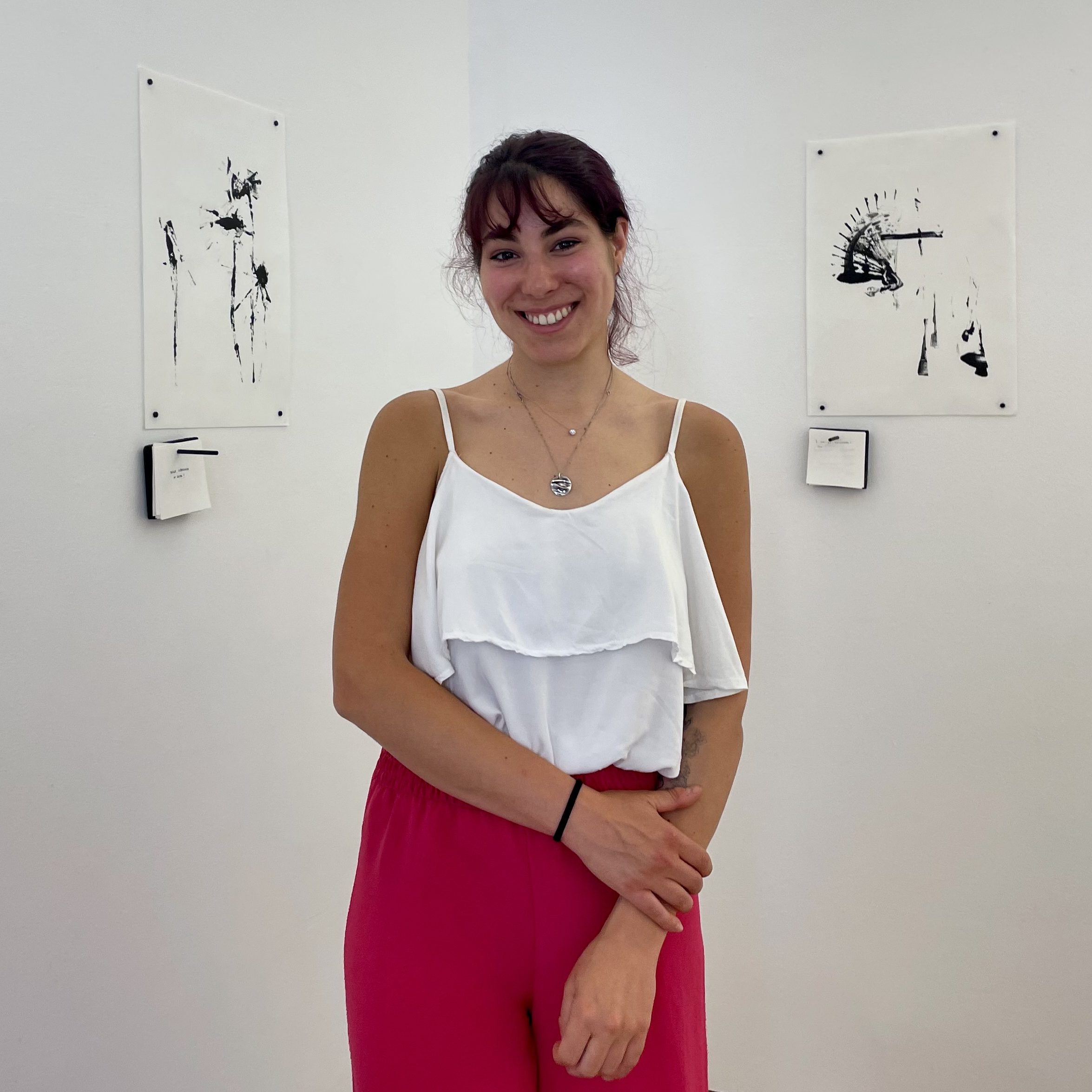
Giulia D’Ambrosio
University of urbino art student
With a love for printmaking Giulia D’Ambrosio uses ink and oil colors on different materials to create her art. D’Ambrosio used this technique to bring to life her first personal exhibit full of abstract images.
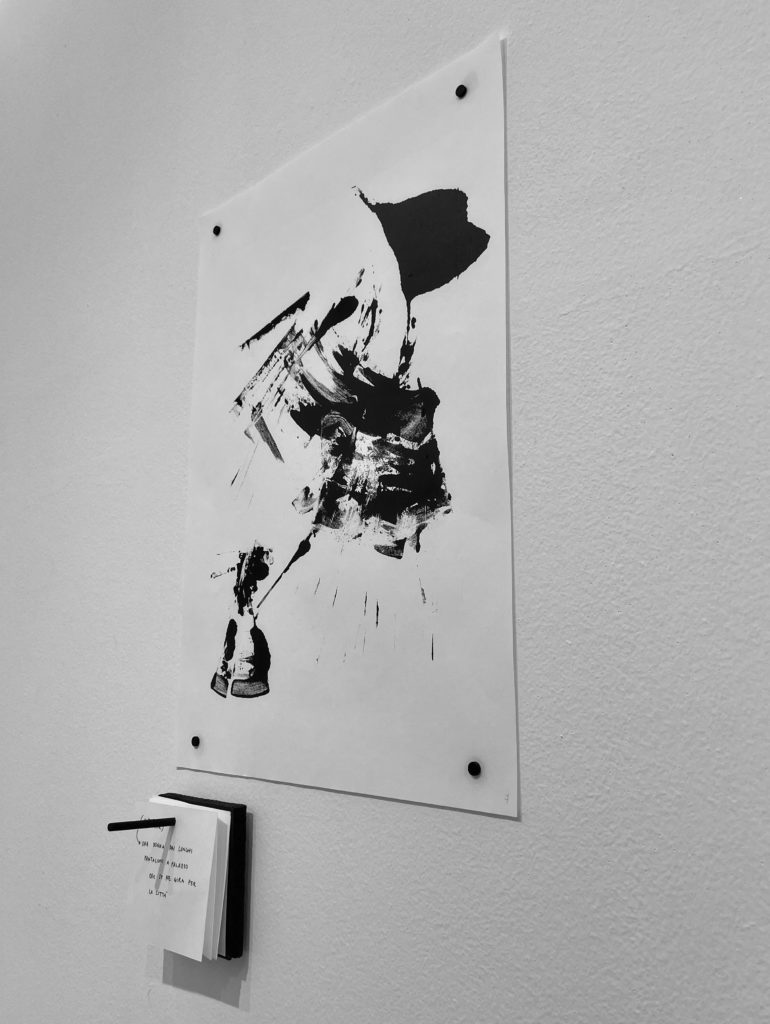
“Così È Se Vi Pare”
“That’s how it is if you like”
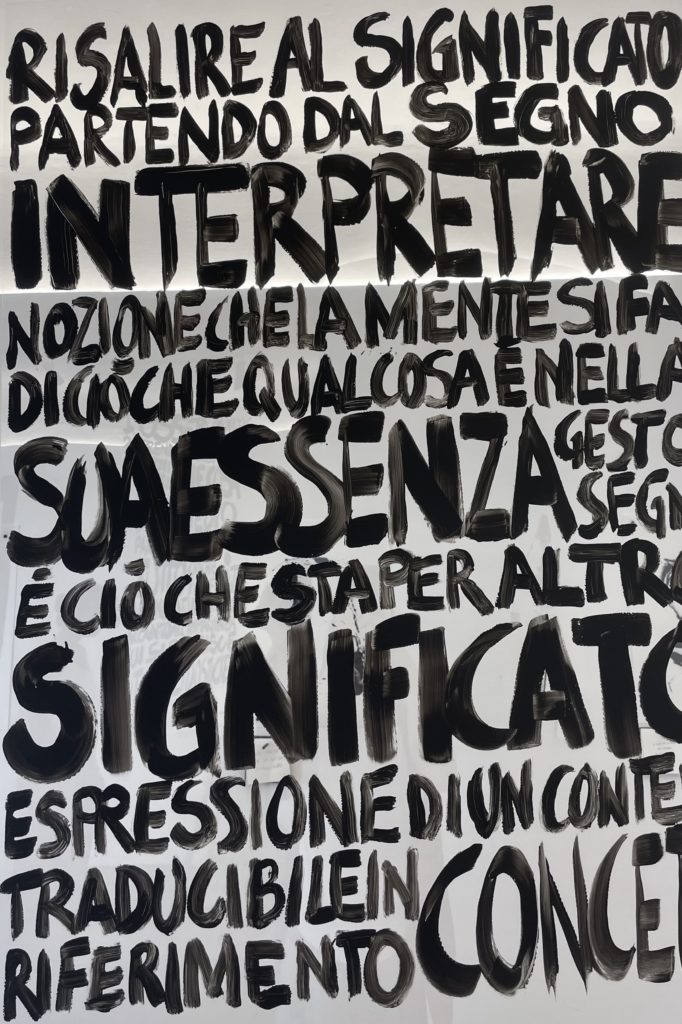
To show the different phases of this project, D’Ambrosio wrote different words relating to imagination, concept, and transformation on the type of material that she works with to ink her images before she presses them, creating a print.
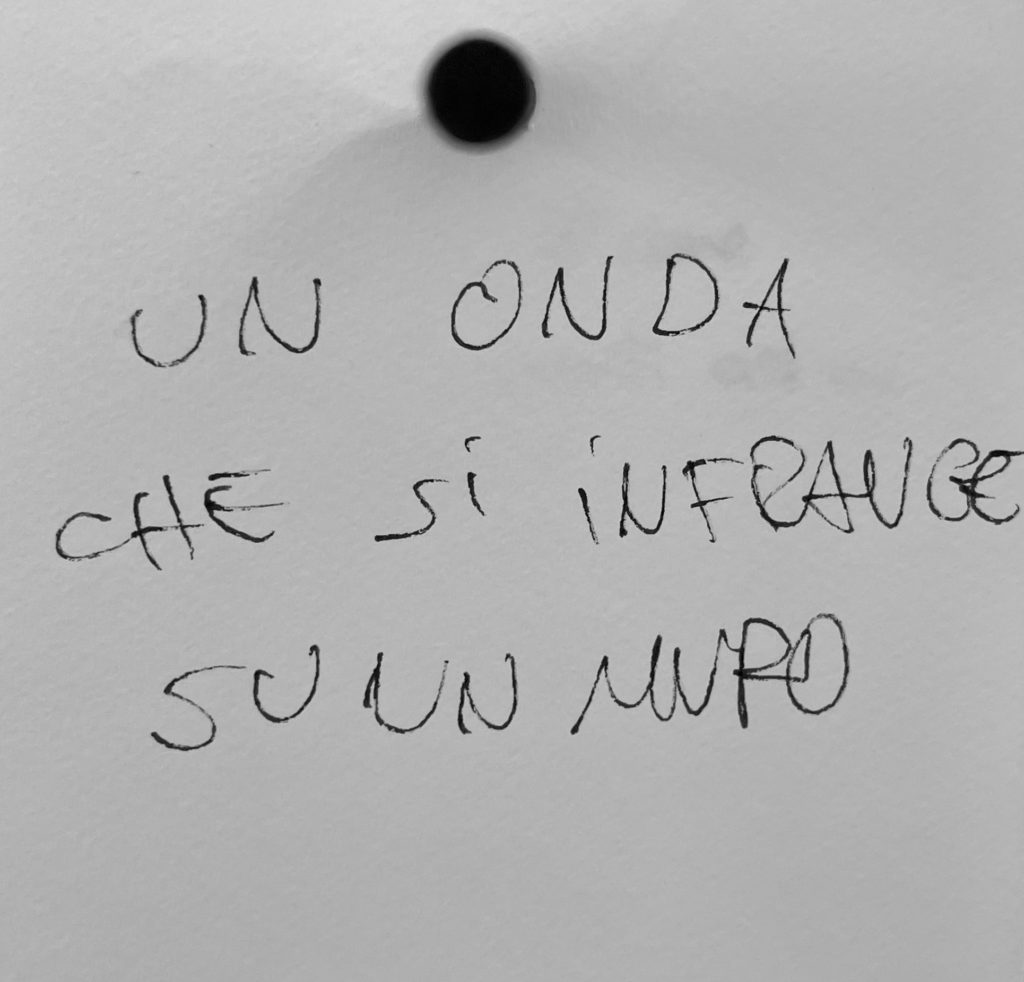
“A wave crashing on a wall”
Wanting to explore the connection between words and images, D’Ambrosio made this an interactive exhibit where guests could feel free to express themselves.
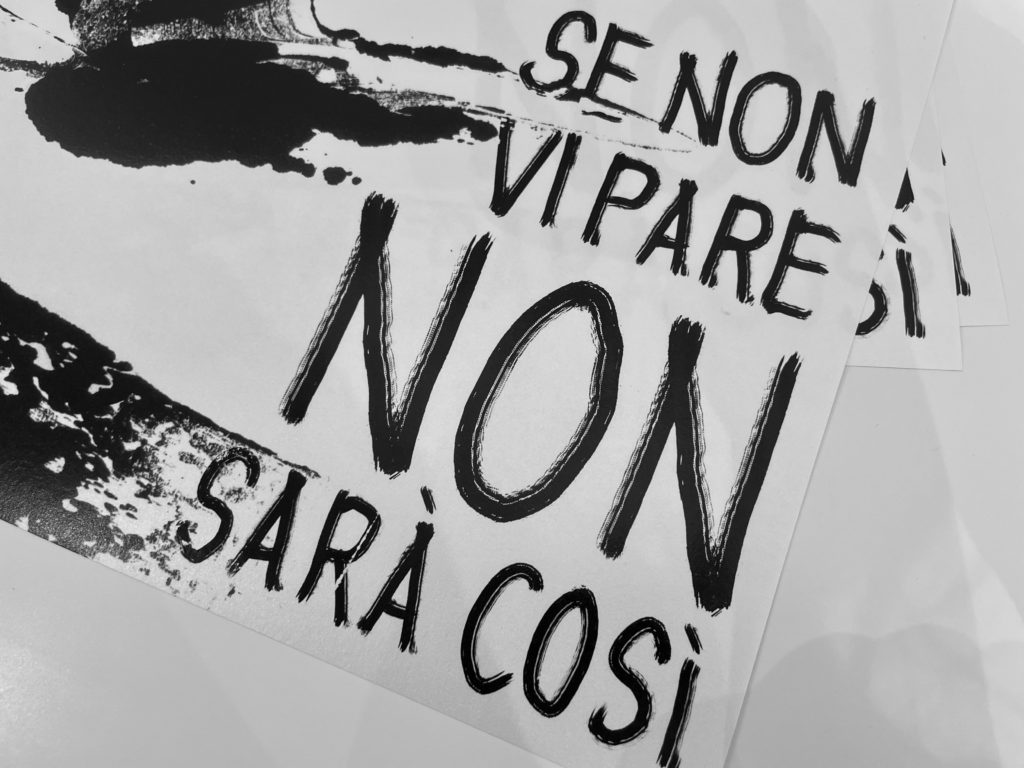
“If you don’t think so, it won’t be so”
Art is freedom of the mind; Così È Se Vi Pare is supposed to act as if you are a child looking at the sky, creating images out of the clouds.
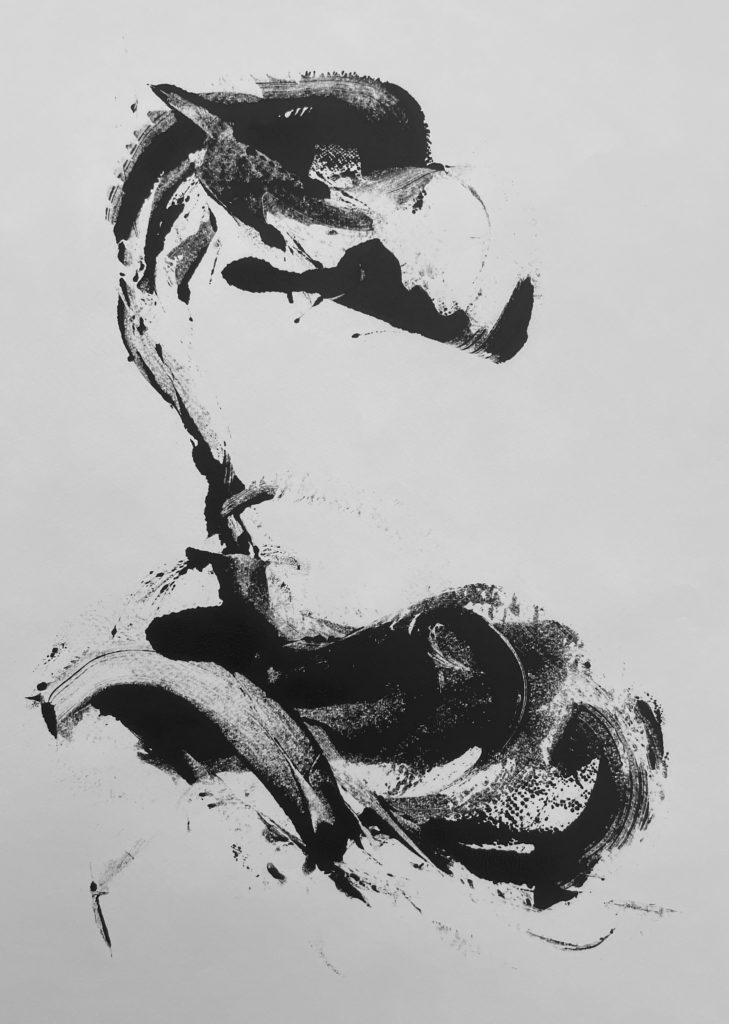
“In abstract images we can see whatever we want,” – Guilia D’Ambrosio
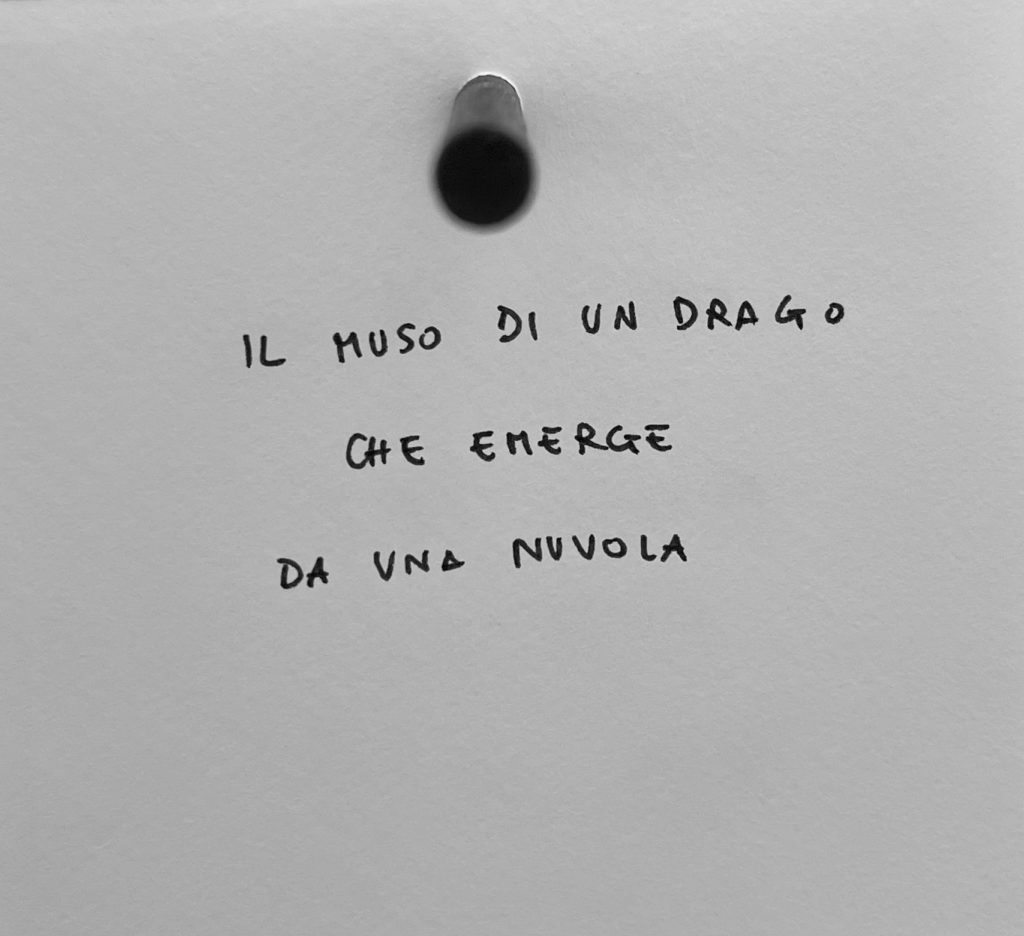
“The snout of a dragon emerging from a cloud”
Words are insight to the mind, different people have chosen to share a piece of theirs on the small cards displayed underneath each image.
